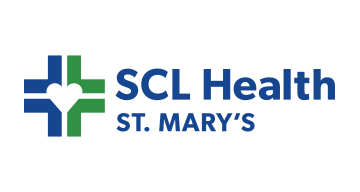


As cancer programs grow in complexity and scale, health systems are being asked to do more with less—balancing system-wide efficiency with high-quality, personalized care. In this dynamic discussion, leaders from UVA Health and Northwell Health Cancer Institute share how they navigate today’s financial pressures while making bold, forward-looking investments in infusion operations.
This session explores how each health system built a case for scaling digital tools like iQueue across multiple sites, gained stakeholder buy-in, and turned those investments into measurable operational value. Panelists discuss what it takes to drive consistency across diverse infusion centers, maintain staff engagement, and translate clinical, financial, and operational priorities into sustained outcomes.
Key takeaways include:
Leave with actionable insights for navigating budget scrutiny while investing in scalable, high-impact improvements across their infusion network.








Take the first step towards unlocking capacity, generating ROI, and increasing patient access.
If you work in the healthcare industry, or even if you’re just an interested observer, you don’t need a book to tell you that the financial pressure is on as never before. A perfect storm of circumstances is swirling together, one that will make survivability, not to mention profitability, a greater challenge for healthcare companies than we’ve seen in the modern era.
As with banks, retailers, and airlines, which had to rapidly enhance their brick-and-mortar footprints with robust online business models—it is the early movers eager to gain new efficiencies that will thrive and gain market share. The slow-to-move and the inefficient will end up being consolidated into larger health systems seeking to expand their geographical footprints.
Let’s look at just a few of the looming challenges healthcare must meet head-on.
An aging population
By the year 2030, the number of adults sixty-five years of age or older will exceed the number of children eighteen years or younger in the United States. We are living longer than our parents did. Positive news for sure, but problematic for several reasons.
The older we get, the more medical help we need. Older people have more chronic diseases. By 2025, nearly 50 percent of the population will suffer from one or more chronic diseases that will require ongoing medical intervention. This combination of an aging population and an increase in chronic diseases will create a ballooning demand for healthcare services.